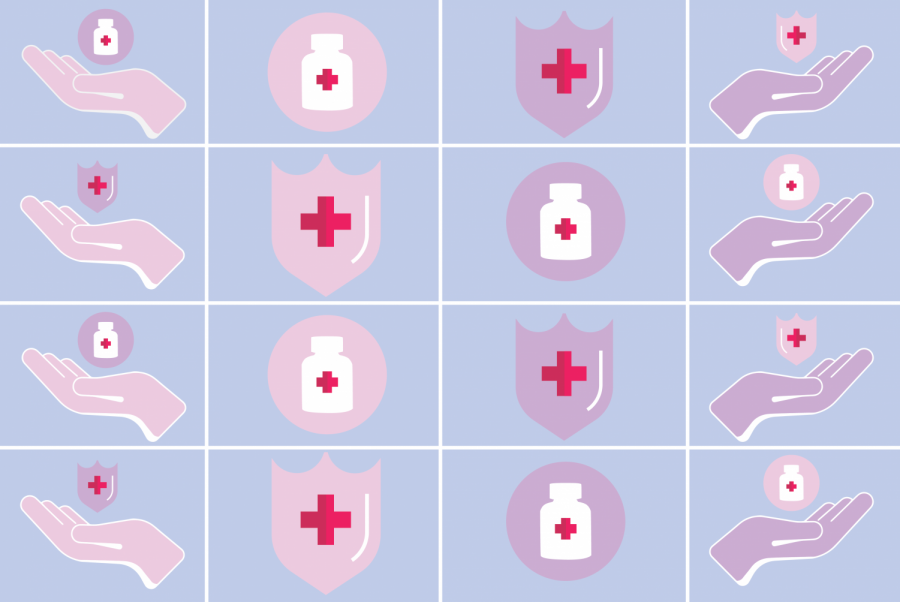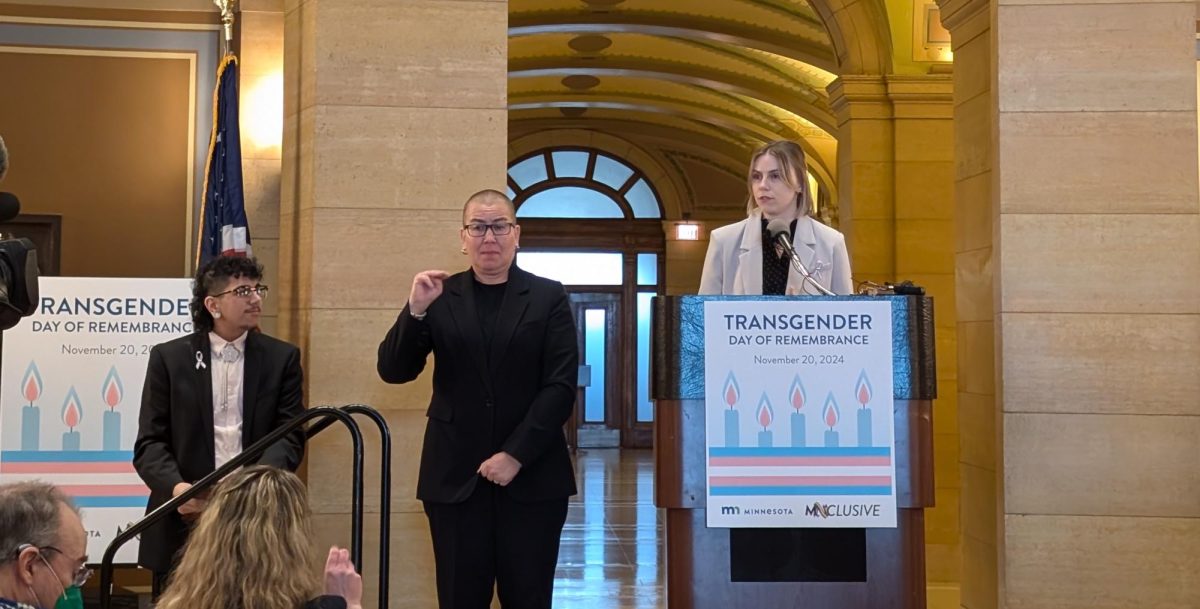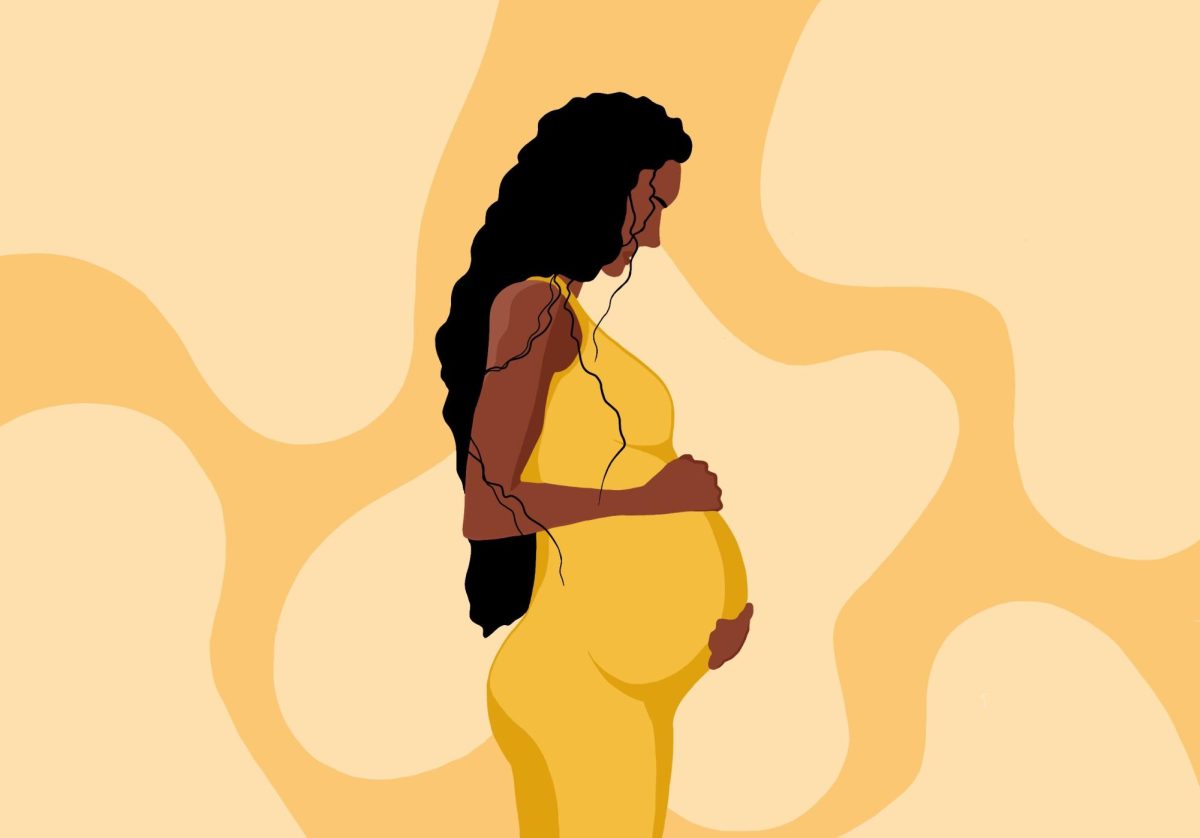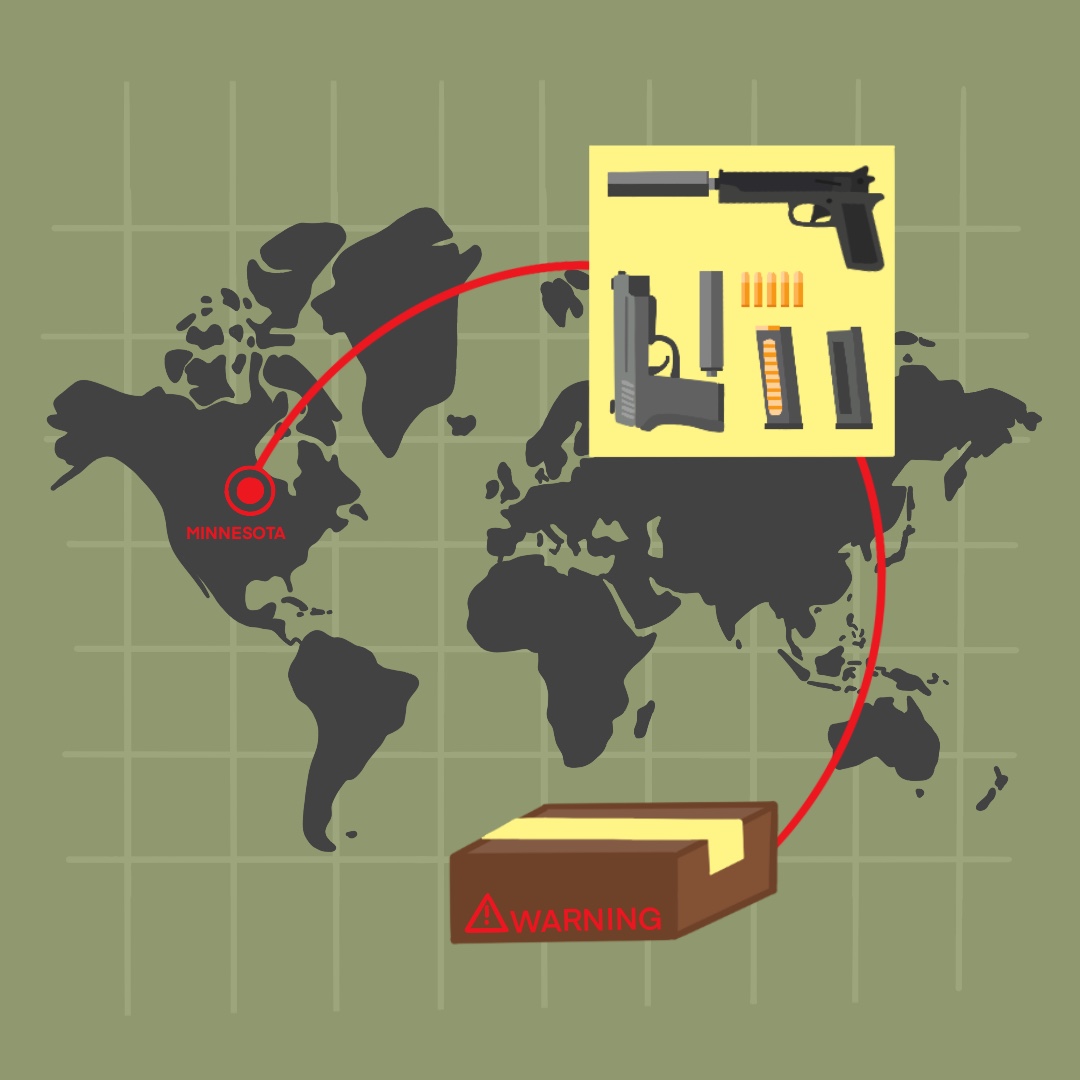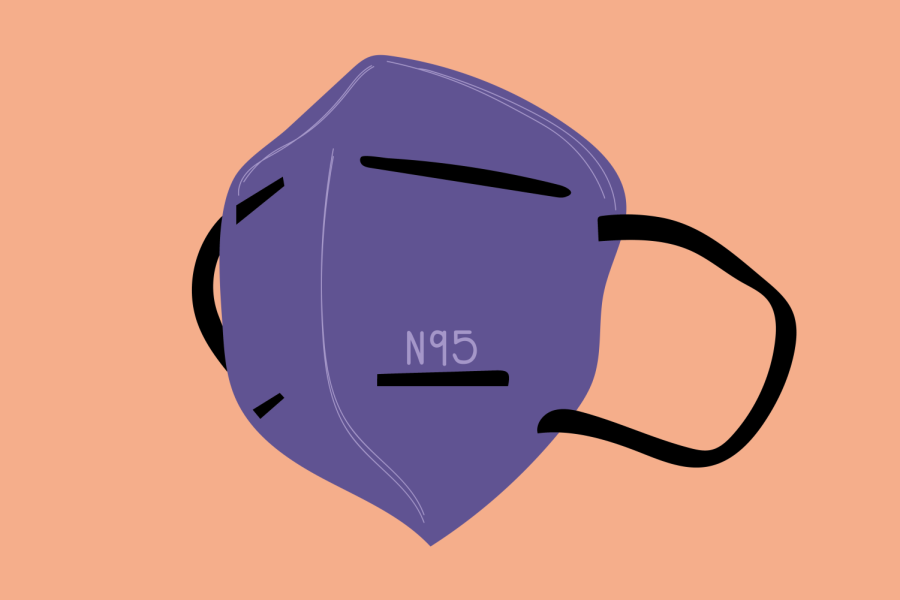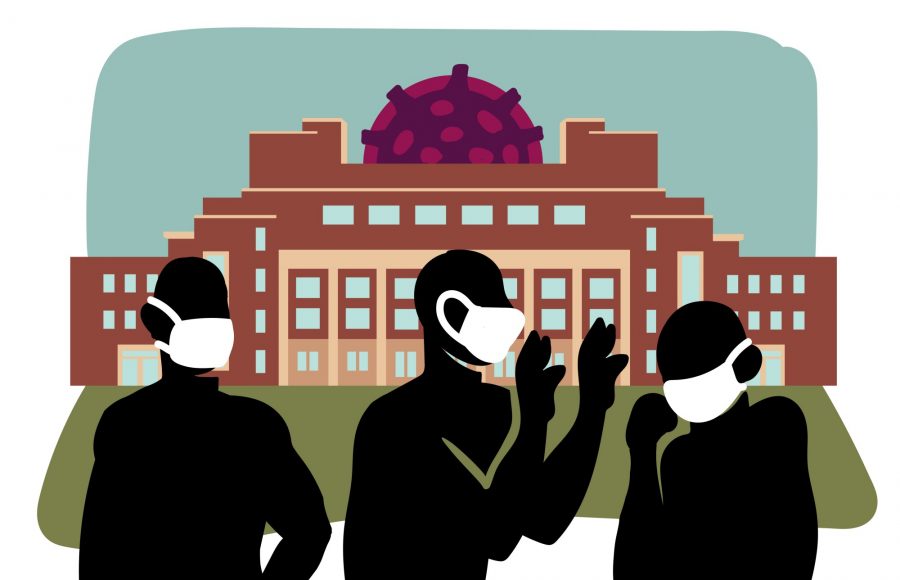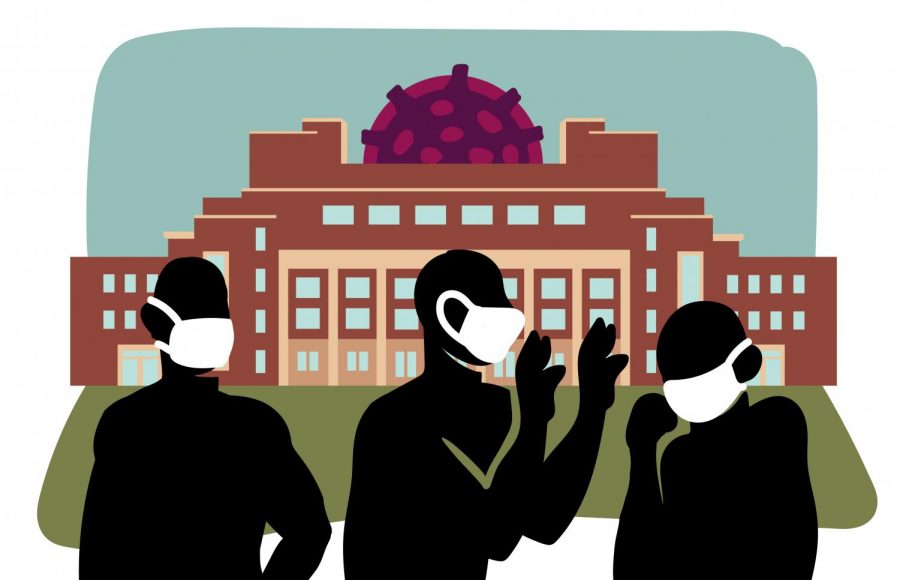The COVID-19 pandemic has introduced new ethical dilemmas for research at the University of Minnesota, prompting conversations among faculty.
This year the University’s annual Research Ethics Week focused on maintaining and promoting ethics amid the impacts of COVID-19. One of the presentations included in ethics week focused on how the pandemic affected research design and conduction.
“I think [the pandemic] will shape ethics in research by really clarifying ‘How do we weigh competing benefits for patients when resources are limited?’ And that’s exactly what COVID brought to the healthcare system in general,” medicine and pharmacology professor Dr. Douglas Yee said.
When the pandemic hit, there was a scramble to obtain enough personal protective equipment among researchers in hospitals and labs, he said. The onset of the pandemic also affected clinical trials; University human trials and clinics were put on hold. While some were able to go virtual or restart after a few months, others are still waiting to resume, Yee said.
“The pandemic has shown us where all the cracks are,” he said.
The largest ethical questions being discussed among researchers are how to address inequities in health care and find the best way to care for patients quickly, according to Susan Wolf, a professor in the Department of Medicine and Law School.
“A pandemic like this one really forces us to think about how to combine research, clinical care and public health practice,” she said. “Normally those are the three distinct areas of law and policy but in a pandemic, we really need to combine them.”
With a large portion of hospital space and resources going toward the treatment of COVID-19 patients, there is less space for clinical trials.
Epidemiology and community health professor Dr. Michael Oakes said the biggest decision for research at the University was to hibernate or halt in-person research. The University’s Institutional Review Board (IRB), which reviews research proposals to sufficiently protect trial participants, created a five-tier system to categorize studies by weighing their risks and rewards.
Tier one research deals with the most life-saving and urgent trials and tier five reflects the least urgent research. If researchers disagree with their study’s categorization, they can explain to the IRB why they believe the work belongs in a more pressing tier.
When the Federal Drug Administration approved convalescent plasma for treating COVID-19 at the beginning of the pandemic, researchers at the University wanted to continue with their research to test the treatment’s efficacy or harm before using it to treat patients, Oakes said.
Once the FDA approved this treatment, researchers encountered a moral dilemma of conducting a trial where they were withholding an approved treatment that could potentially benefit patients, said Dr. Claudia Cohn, an associate professor in the Department of Laboratory Medicine and Pathology.
“Morally and ethically a lot of people are saying we need to figure out how to be more like the United Kingdom or Canada,” she said. Both countries have centralized systems that were designed to implement convalescent plasma trials while trying to understand its benefits. Each trial had a set question to answer. Whereas, in the United States significantly fewer patients were enrolled and several different tests were used, making it hard to compare results.
“It’s been a mess,” Cohn said.


